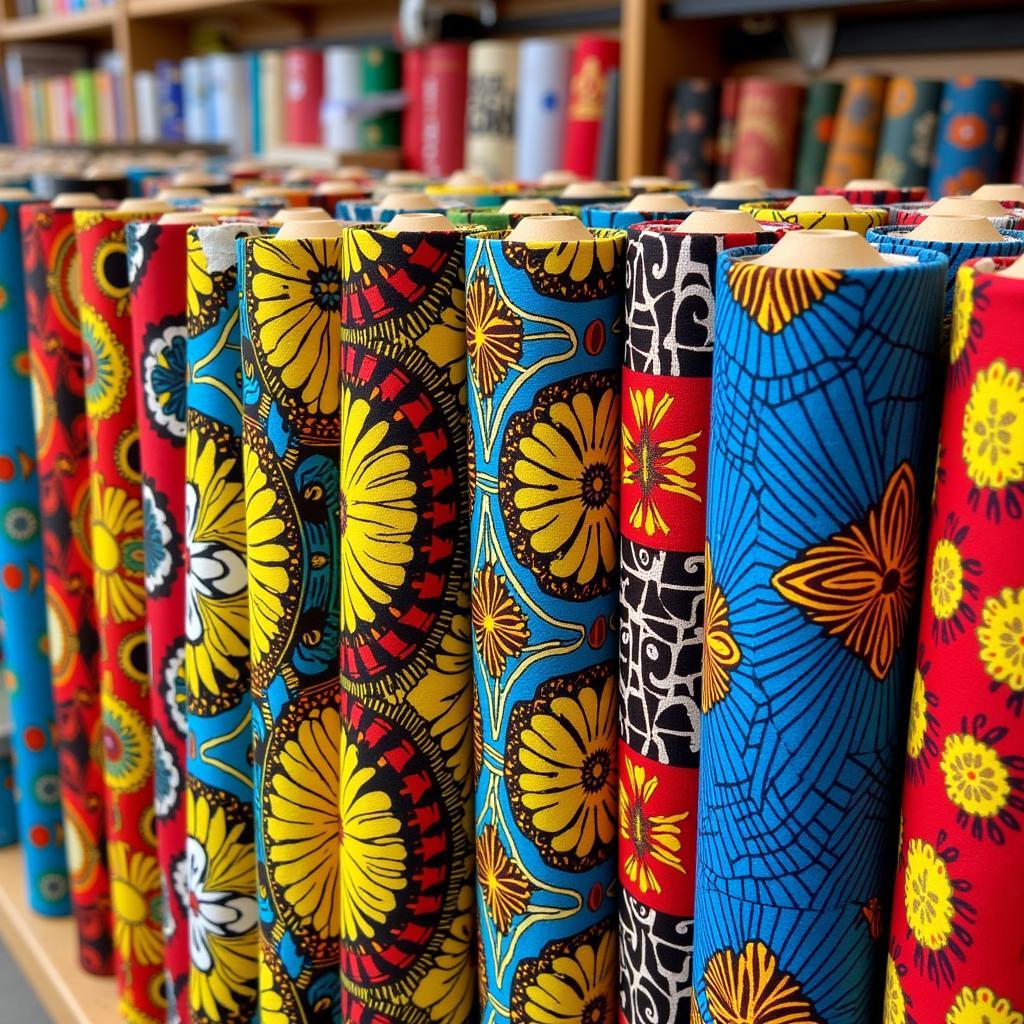African Bushmen Weapons and Tools: A Look at the Survival Skills of the San People
The San people, also known as Bushmen, are one of the oldest and most fascinating cultures in the world. They have lived in the arid regions of Southern Africa for thousands of years, adapting to harsh environments and developing unique skills and knowledge for survival. One of the most intriguing aspects of their culture is their use of tools and weapons, meticulously crafted from materials found in their natural surroundings. This article will delve into the world of African Bushmen Weapons And Tools, exploring their techniques, materials, and the significance of these objects in their everyday life and traditions.
The Art of Survival: Bushmen Weapons and Tools
The San people are renowned for their ingenuity and resourcefulness, relying heavily on their environment for sustenance and protection. They possess a profound understanding of the natural world, using their knowledge to create a diverse array of tools and weapons for hunting, gathering, and defense. These tools are not merely utilitarian objects but extensions of their cultural identity, embodying generations of accumulated wisdom and experience.
Hunting and Gathering Tools
The Bow and Arrow: The most iconic weapon of the San people is the bow and arrow, a testament to their remarkable precision and accuracy. Constructed from wood for the bow and various materials like bone, wood, and stone for the arrowheads, this weapon allowed them to hunt a variety of game, ensuring their survival.
The Digging Stick: This simple yet indispensable tool, usually made from wood with a pointed end, served multiple purposes. It was used to dig for roots, tubers, and insects, providing sustenance and essential nutrients. The digging stick was also employed for creating shelters and digging traps for small game.
The Sling: This tool, consisting of a leather strap and a projectile, was mainly used for hunting small animals and birds. The San people mastered the art of using the sling, launching projectiles with exceptional accuracy and force.
The Throwing Stick: Made from wood or bone, the throwing stick was used to hunt birds and small animals. It was hurled with great force, striking the target with precision.
The Knife: For more intricate tasks, the San people utilized knives made from stone, bone, or sharpened wood. These knives were used for skinning animals, cutting meat, and preparing food.
Everyday Tools
The Fire Drill: Creating fire was crucial for cooking, warmth, and protection. The San people used a fire drill, made from wood, to generate friction and ignite dry tinder. This technique required skill and patience, highlighting their mastery over fire.
The Stone Axe: Stone axes were used for various tasks, including chopping wood, clearing paths, and building shelters. These axes were crafted from sharp-edged stones, demonstrating their mastery over stone-working techniques.
The Basket: Weaving baskets from materials like reeds, grasses, and fibers played a vital role in their everyday life. These baskets were used to collect and store food, transport belongings, and carry water.
The Water Container: The San people used various containers for carrying and storing water, including gourds, animal skins, and intricately woven baskets. These containers were essential for survival in arid environments.
The Significance of Bushmen Weapons and Tools
The weapons and tools used by the San people are not just objects; they represent their cultural identity, their connection to the natural world, and their resilience in the face of adversity. They are testaments to their ingenuity and ingenuity, reflecting a deep understanding of their environment and the ability to adapt and thrive.
“The San people are a remarkable testament to the human spirit’s ability to adapt and thrive in even the harshest of environments,” says Dr. Elara Nkosi, an anthropologist specializing in indigenous cultures. “Their weapons and tools are more than just objects; they are extensions of their knowledge, their skills, and their cultural identity.”
“The intricate craftsmanship of their tools is a testament to their patience and dedication, passed down through generations,” says Dr. Tumelo Moloi, a historian with expertise in Southern African history. “These objects are not just tools for survival, but symbols of their rich cultural heritage and resilience.”
Frequently Asked Questions:
1. What are the most common materials used for Bushmen weapons and tools?
A: The San people utilize a variety of materials found in their natural surroundings, including wood, bone, stone, leather, fibers, and reeds.
2. How have Bushmen weapons and tools evolved over time?
A: While the basic principles of their tool-making techniques have remained consistent, the materials and designs have evolved over time, influenced by changing environmental conditions and availability of resources.
3. What is the significance of the bow and arrow in San culture?
A: The bow and arrow is a symbol of their hunting skills and survival strategies, representing their connection to the animal world and their ability to sustain themselves.
4. What is the role of fire in San culture?
A: Fire plays a crucial role in San culture, used for cooking, warmth, protection, and also for clearing land and hunting.
5. What are some of the challenges facing the preservation of San traditions and tool-making techniques?
A: The San people face several challenges in preserving their traditions, including encroaching modernization, loss of land, and cultural assimilation.
Conclusion
The weapons and tools of the San people are a window into their rich cultural heritage, their unique relationship with the natural world, and their remarkable resilience in the face of adversity. They are not just tools for survival but embodiments of their knowledge, skills, and cultural identity. As we explore their ingenuity and mastery over their environment, we gain a deeper appreciation for the remarkable diversity of human cultures and the enduring power of adaptation.



